Can I Put Turf on Top of Grass? A Complete Guide to Lawn Installation
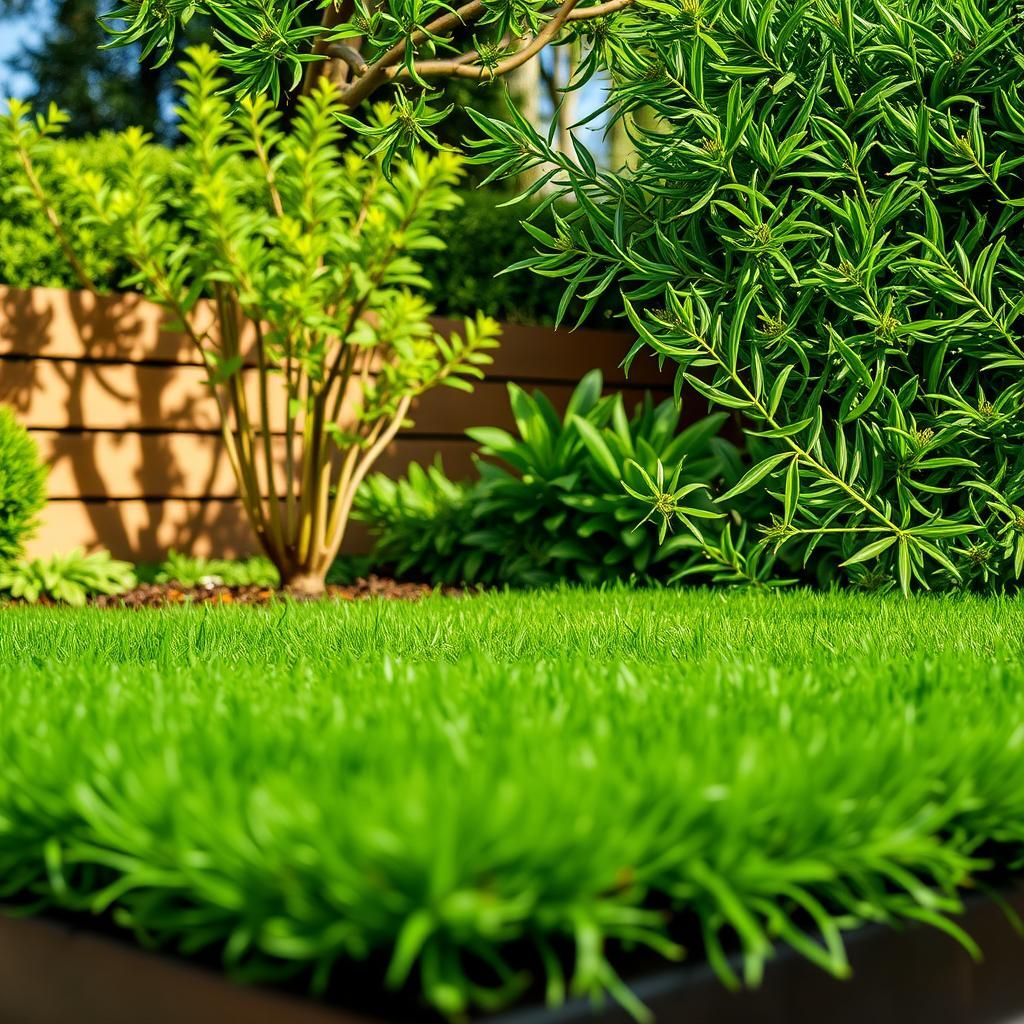
When considering a lawn renovation, one common question arises: Can I put turf on top of grass? This comprehensive guide aims to answer that question while providing insights into the best practices for lawn installation. Laying turf over existing grass might seem like a convenient solution, but several factors need to be weighed before making that choice. From preparation and soil compatibility to potential pitfalls, this article will walk you through the essential steps to ensure a healthy and thriving lawn. Discover the pros and cons, along with expert tips, to achieve a lush and vibrant outdoor space.
Can I Install Turf Over Existing Grass?
While it may seem tempting to lay synthetic turf directly over existing grass to save time and effort, it is generally not recommended. The underlying grass can lead to issues such as improper drainage, uneven surfaces, and potential decay, which can contribute to unpleasant odors and damage to the turf. For optimal results, it is advisable to remove the existing grass and prepare the soil properly before installing turf. By doing so, you ensure a stable, flat base for the turf, enhancing both its longevity and aesthetic appeal.
Why Remove Existing Grass Before Installing Turf?
Removing existing grass before installing turf is crucial to prevent drainage problems. Grass and its root system can create an uneven surface, leading to bumpiness and soil instability. Furthermore, leaving grass intact can promote decomposition, causing odor and fungal growth that will affect the new turf. By clearing the area, you create a clean, flat base, ensuring that any water and nutrients flow properly beneath the turf and enhancing its lifespan.
What Preparation is Needed for the Soil?
Before installing turf, it is essential to prepare the soil by clearing any debris, rocks, or sod remnants. Aeration may be necessary to ensure the soil is well-oxygenated. This involves poking holes in the ground to allow for better water and nutrient penetration. Additionally, checking for proper drainage is crucial to avoid water pooling, which can lead to turf damage. Finally, using a soil test kit can help determine if amendments are needed to optimize soil quality for turf installation.
How Does Turf Affect Grass Growth Underneath?
When turf is installed over grass, especially without proper removal, the underlying grass can become smothered and struggle to receive sunlight and moisture. This can lead to decay and eventually cause significant issues such as an unpleasant smell and pests. Even in cases where grass is not entirely eliminated, the pressure from the turf can inhibit grass growth, making it susceptible to diseases or pests that thrive in damp, dark environments.
What Are the Benefits of Installing Turf?
Installing turf rather than maintaining a natural grass lawn offers several benefits. First, synthetic turf is low-maintenance as it requires no watering, mowing, or fertilizing, which can lead to savings on water bills and time. Additionally, turf is ideal for high-traffic areas as it withstands heavy use without damage. Furthermore, modern turf products have advanced technology that mimics the look and feel of natural grass, providing an attractive and durable surface for play and leisure.
What Common Mistakes Should Be Avoided When Installing Turf?
Common mistakes when installing turf include failing to remove existing grass, neglecting surface preparation, or not considering drainage options. Some people also underestimate the importance of a level surface, leading to uneven turf and potential pooling of water. Furthermore, improper securing of edges can cause the turf to lift or warp over time. Taking the time to carefully plan and execute each step can prevent these pitfalls and ensure a long-lasting and beautiful turf installation.
| Aspect | Recommendation |
|---|---|
| Existing Grass | Remove before installation |
| Soil Preparation | Aerate and test soil quality |
| Drainage | Ensure proper drainage system |
| Installation Technique | Secure edges and maintain level surface |
| Maintenance | Regular clean and inspections |
Can you put turf straight on top of grass?

Laying turf directly on top of existing grass is a common question among homeowners looking to create a lush lawn quickly. While it might seem convenient to put sod directly over the existing grass, several factors should be considered before proceeding with this method.
Potential Issues with Laying Turf on Grass
Laying turf directly over grass can create a range of potential issues that may affect the success of your new lawn.
- Weed Growth: Existing grass might have weeds, which can transfer to the new turf, leading to future maintenance issues.
- Root Development: The new sod’s roots may struggle to penetrate the layers of old grass and soil, inhibiting ideal growth.
- Water Drainage: An additional layer may impact proper water drainage, risking both the old grass and new sod's health.
Preparing the Site Before Turf Installation
Before laying turf, it is crucial to prepare the ground adequately, even if it’s on top of existing grass. Proper preparation ensures better growth and health of the sod.
- Mowing: Mow the existing grass short to reduce competition for nutrients and sunlight.
- Weed Control: Apply a natural herbicide or manually remove any visible weeds to prevent issues later.
- Soil Aeration: Aerate the soil to enhance air circulation and create space for the roots to grow.
Alternative Methods to Installing Turf
Consider alternative methods that can yield better results than simply placing turf on grass. Using these approaches can enhance the longevity and quality of the new lawn.
See also:
- Removing Old Grass: Completely remove the existing grass and prepare the soil for a clean installation.
- Soil Amendment: Consider adding soil amendments like compost or fertilizers to improve nutrient content.
- Starter Fertilizer: Using a starter fertilizer can help promote quick root establishment of the new turf.
Benefits of Proper Turf Installation
Investing time in proper turf installation can lead to a healthier and more resilient lawn, making maintenance easier in the long term.
- Healthier Lawn: A well-prepared environment fosters strong root growth and turf resilience.
- Even Growth: A uniform layer of soil ensures that the sod receives water and nutrients consistently.
- Reduced Future Problems: Proper installation minimizes the risk of pests and diseases from transitioning grass.
Care Tips for Newly Laid Turf
Following proper care techniques after installation is vital for ensuring the turf establishes itself and thrives in your garden.
- Watering: Water the new sod daily for at least two weeks to encourage root establishment.
- Avoid Traffic: Limit foot traffic on the newly laid turf to avoid damaging the developing roots.
- Regular Mowing: Mow the new lawn once it reaches about three inches in height, promoting healthier growth.
Can you install turf on top of grass?
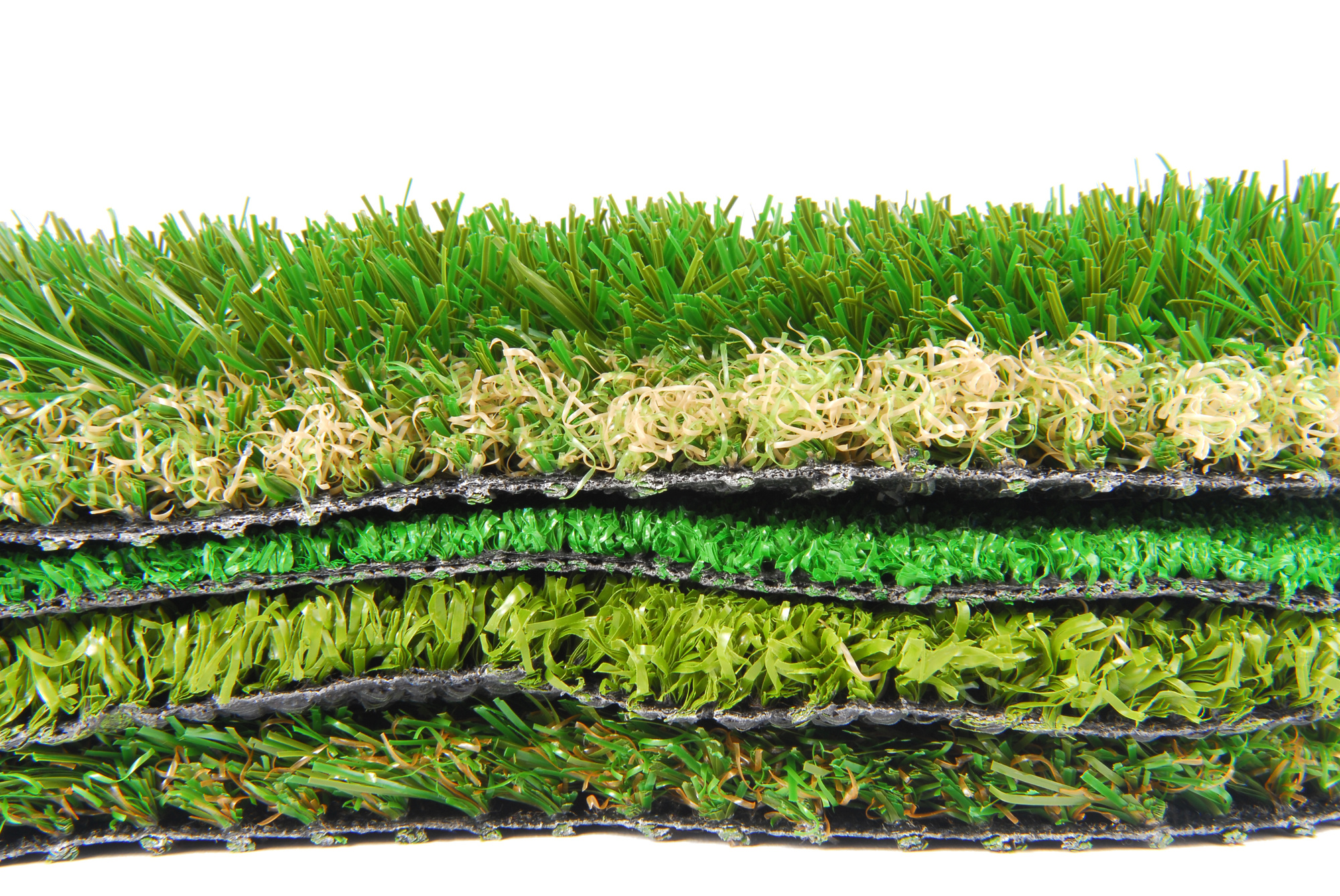
Installing turf on top of existing grass is a task that many homeowners consider for a variety of reasons, including the desire for a more aesthetically pleasing lawn or reduced maintenance. However, there are several factors to take into account when contemplating this method. Here, we will explore the implications, advantages, and best practices regarding the installation of turf over grass.
Understanding the Risks of Installing Turf Over Grass
When deciding to install turf over an established grass lawn, it is essential to understand the risks involved. Installing turf without proper preparation can lead to several issues.
- Drainage problems: Existing grass can trap moisture underneath the turf, leading to poor drainage and a soggy lawn.
- Weed growth: Weeds can thrive in the space between the grass and turf, potentially emerging and affecting the appearance of the new turf.
- Uneven surface: The existing grass may create an uneven surface, which can result in unhealthy turf and aesthetic issues.
Benefits of Installing Turf on Grass
Despite the risks, there are also some benefits to installing turf over an existing grass lawn. These benefits can be crucial for homeowners considering this option.
- Immediate results: Turf installation provides instant greenery and an upgraded lawn aesthetic without the wait associated with seeding.
- Reduced maintenance: Turf requires less water and care compared to traditional grass, which can be beneficial for busy homeowners.
- Durability: Synthetic turf offers resilience and can withstand heavy foot traffic, making it ideal for families and pets.
Preparing Your Lawn for Turf Installation
Before installing turf over grass, proper preparation is vital to ensure a successful outcome. A well-prepared surface will promote the longevity and health of the turf.
- Assess the existing grass: Determine whether the grass is healthy enough or if it needs to be removed. Dead grass should be cleared away.
- Weed control: Treat existing weeds with a weed killer to prevent them from growing under the turf.
- Level the ground: Use a rake to create a smooth, even surface, which is essential for the turf to lay flat and look appealing.
Choosing the Right Turf for Installation Over Grass
The choice of turf plays a critical role in the success of the installation. Different types of turf can offer various benefits based on your specific needs.
- Natural sod: If you prefer a natural look, consider high-quality sod that matches your climate and soil conditions.
- Synthetic turf: For low maintenance, synthetic options are available that can simulate the appearance of real grass.
- Graduated infill: Some artificial turf comes with an infill that can improve drainage and support beneath the surface, contributing to a healthier lawn.
Maintenance of Turf Installed on Grass
After installing turf over grass, proper maintenance is key to ensure that it remains in good condition. Ongoing care will directly affect the appearance and durability of the turf.
- Regular cleaning: Keep the surface free from debris, leaves, and dirt to maintain its appearance.
- Irrigation: Ensure that your turf has adequate drainage and carefully monitor the moisture levels underneath if using real sod.
- Weed management: Regularly check for weeds and remove them promptly to prevent them from growing through the turf.
Can you put artificial grass straight over grass?
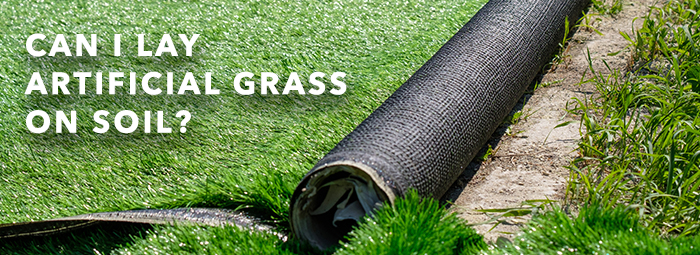
Placing artificial grass directly over natural grass is possible, but there are several factors to consider before proceeding. Here are the essential points to understand:
1. Drainage Issues: Natural grass requires adequate drainage to stay healthy and prevent root rot. When artificial grass is installed directly on top, it can create a drainage problem, causing water to pool beneath the synthetic turf.
See also: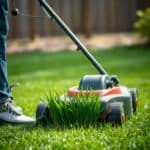
2. Weed Growth: Installing artificial grass directly over grass may not prevent weeds from growing through the seams or edges of the synthetic turf. This can lead to maintenance issues and visual deterioration over time.
3. Surface Stability: The natural grass underneath may create an uneven surface as it continues to grow and die back. This can cause the artificial grass to shift or develop lumps, potentially creating tripping hazards.
4. Installation Method: If you choose to install artificial turf over grass, be sure to do so with proper techniques. This may include using a geotextile barrier and ensuring the grass is mowed short to create a smoother base.
5. Longevity of Materials: The underlying organic matter can lead to deterioration of the artificial grass material over time, shortening its lifespan. Regular replacement or maintenance might be required.
Drainage Considerations
Proper drainage is vital when laying artificial grass. A lack of proper drainage can lead to water pooling, which can cause damage both to the turf and the underlying grass. Consider the following:
- Evaluate the slope of your area to promote natural runoff.
- Incorporate drainage systems if the area is prone to pooling.
- Use perforated materials to enhance drainage beneath the turf layer.
Weed Control
Weed growth can be a persistent issue for homeowners who install artificial grass directly over natural grass. To mitigate this, consider these options:
- Apply a weed barrier fabric between the natural grass and artificial turf.
- Use chemical herbicides to treat the area before installation.
- Regularly maintain the area by inspecting for any emerging weeds.
Surface Preparation
Preparing the surface where the artificial grass will be installed is essential for ensuring a stable and level area. Key steps include:
- Mow the natural grass as low as possible to minimize its height.
- Remove any rocks, debris, or uneven areas to create a smooth surface.
- Consider compacting the soil if the ground is soft to prevent sinking.
Installation Techniques
Using the right installation techniques is crucial for success when placing artificial turf over grass. Here are steps to follow:
- Use a high-quality geo-textile barrier to separate the two grass types.
- Ensure that the edges are secure to avoid shifting over time.
- Cut and fit the artificial grass carefully to avoid gaps.
Maintenance Requirements
Maintaining artificial grass installed over natural grass can be more demanding than a traditional installation. Consider the following maintenance needs:
- Regularly inspect for shifting, wear, or damage caused by underlying grass growth.
- Clean the surface to prevent dirt buildup and potential odors.
- Replace or repair sections as needed to extend the lifespan of your turf.
Questions from Our Readers
Can I put turf on top of grass?
Yes, you can put turf on top of grass, but it is not always recommended. If the existing grass is healthy and well-maintained, it can create a strong foundation. However, if the grass is weedy or unhealthy, it may interfere with the growth of the new turf. It's often best to remove the old grass to ensure optimal results.
What is the best way to prepare grass for turf installation?
To prepare the existing grass for turf installation, mow it short and remove any debris. Then, you should aerate the soil to allow better contact between the new turf and the ground. Additionally, applying a layer of topsoil can create a better growing environment for the new turf.
Will the new turf kill the existing grass underneath?
Placing new turf over existing grass may risk the old grass dying, especially if it is not in good health. The lack of sunlight and nutrients can cause the underlying grass to suffocate. Removing the existing grass ensures that the new turf has the best chance to thrive.
See also: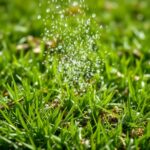
How long does it take for new turf to establish over existing grass?
The time it takes for new turf to establish over existing grass can vary, but typically ranges from two to six weeks. Factors like weather, soil condition, and grass type play a role in establishment. Regular watering and maintenance can help speed up the process significantly.

If you want to read more articles like Can I Put Turf on Top of Grass? A Complete Guide to Lawn Installation, we recommend you check out our Lawn category.
Leave a Reply
Related Articles